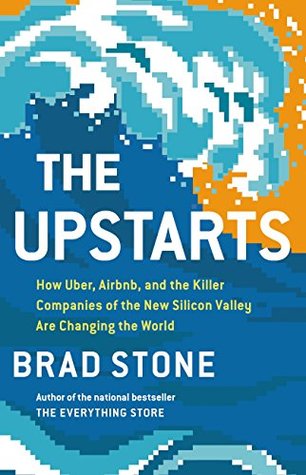a second move helped to spark demand and was just as controversial. In early 2014, hoping to improve business during the annual winter slowdown, when people curtailed their nights out, Kalanick cut UberX fares by up to 30 percent in U.S. markets like Atlanta, Baltimore, Chicago, and Seattle.7 The theory was that if prices went down, customers would use the service more and bypass rental cars, public buses, and subways. With more passengers, drivers would spend less time idling between rides, replacing the lost income from the fare cuts by completing more rides. While the plan made sense,
...more
Welcome back. Just a moment while we sign you in to your Goodreads account.


